When Reality Bites Harder Than Mother Nature
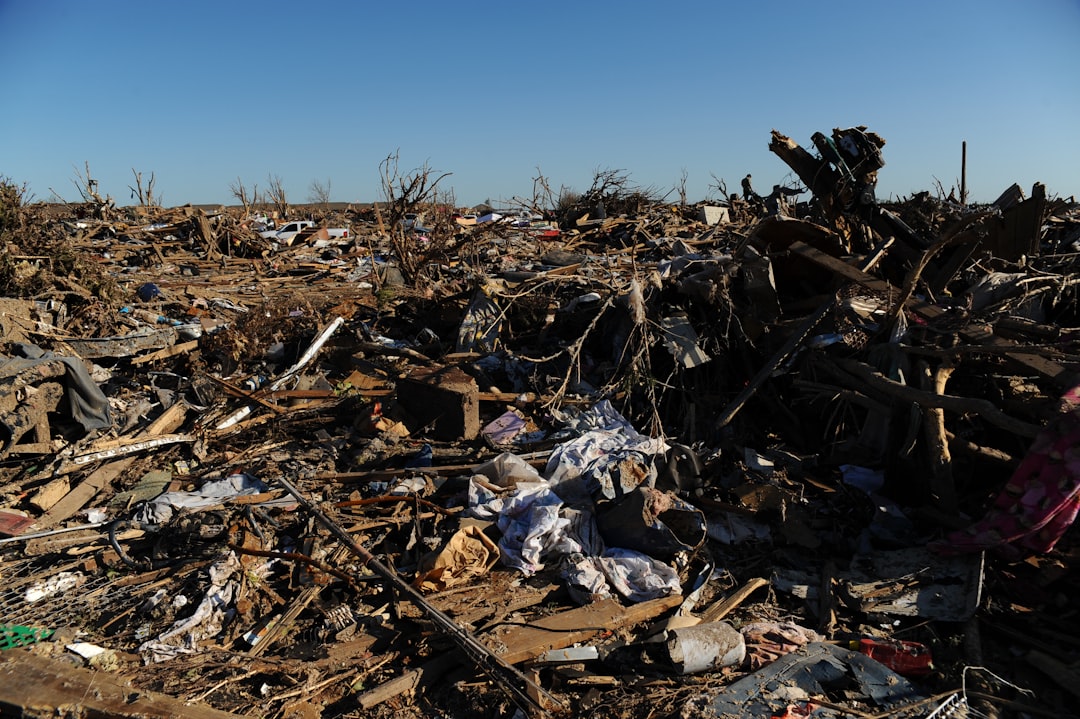
The numbers don’t lie, and they’re pretty scary. Oklahoma had 152 tornadoes in 2024 — the highest number in the state dating back to 1950. That’s double the 74 twisters recorded in 2023, making 2024 the second-busiest tornado year on record. Picture this: you’re sipping your morning coffee, checking out home listings online, and suddenly you’re wondering if that beautiful two-story colonial can actually survive nature’s fury.
Oklahoma ranks 3rd in the country for the most tornadoes, averaging 68 between 1989 and 2019. But here’s where it gets interesting – while everyone’s focused on traditional stick-built homes, some smart buyers are quietly reshaping the market. They’re not just looking for granite countertops and hardwood floors anymore; they want walls that can laugh in the face of an EF5 tornado.
The Eye-Opening Economics Behind Storm-Proof Construction
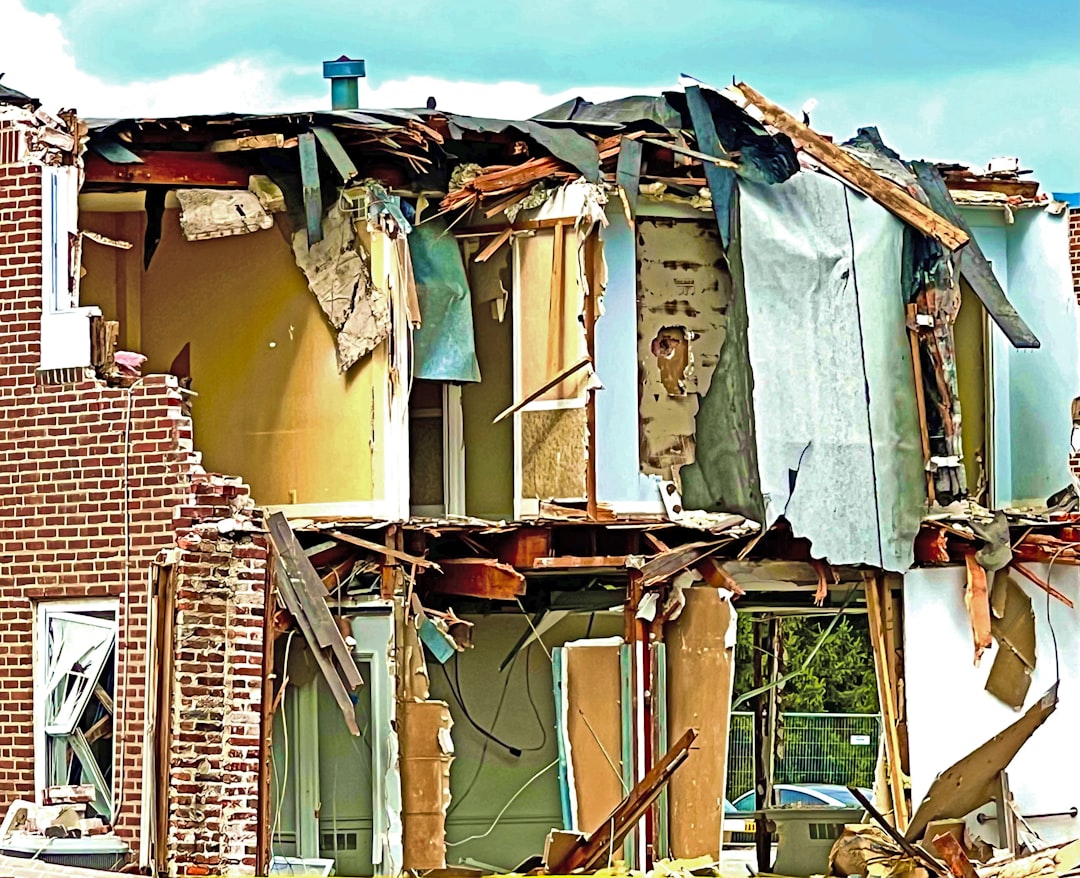
Let’s talk money, because that’s what really drives real estate trends. Cleveland County alone has had over $10 billion in residential losses since 1989, with the estimated cost to meet new building codes at just $1 per square foot. Think about that for a second – we’re talking about adding serious protection for less than the cost of a fancy coffee per square foot.
The math is actually stunning. New tornado-resistant codes easily pass the benefit-cost test for Oklahoma by a factor of 3 to 1. Meanwhile, Oklahoma’s top 20 homeowners’ companies paid out $105 for every $100 they took in during 2023. Insurance companies are bleeding money, and guess who’s footing the bill? That’s right – homeowners through skyrocketing premiums.
The Insurance Crisis Nobody Talks About
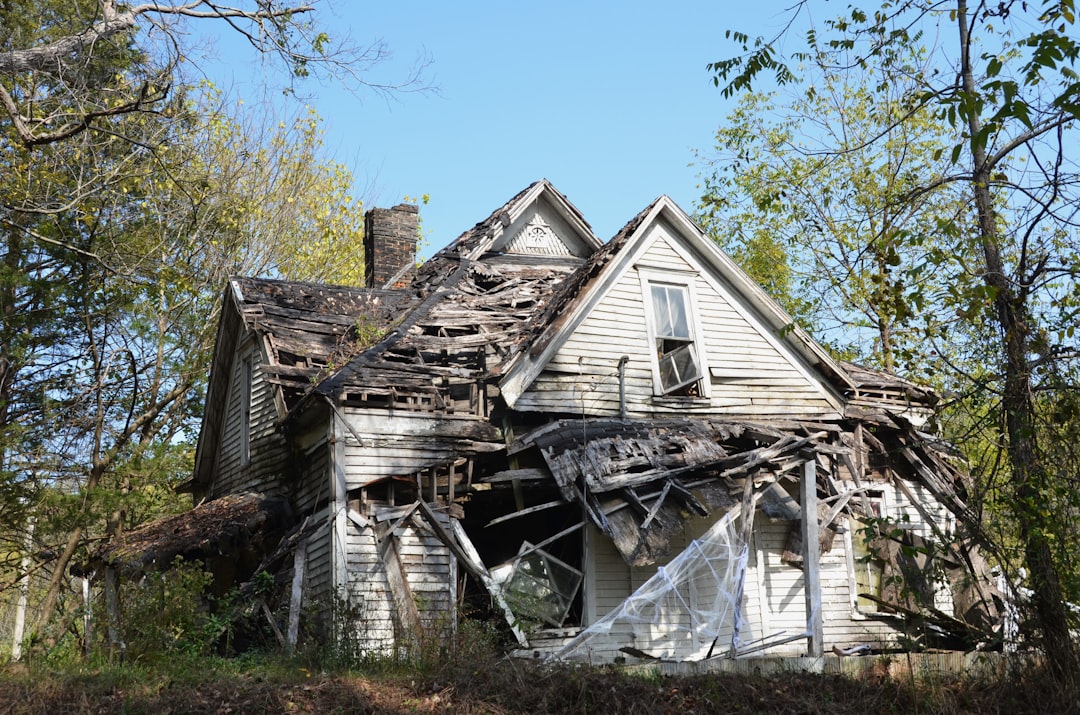
Here’s where things get really wild. The average cost of homeowners insurance in Oklahoma in 2024 is $5,917, more than double the national average of $2,423. But it gets worse – Oklahoma homeowners spend 6.84% of their household income on home insurance, translating to $6,133 annually.
Your neighbor who never filed a claim? Their rates are going up too. Insurance companies are filing for rate increases averaging about 10% this year. The system is broken, and traditional wood-frame construction is partly to blame. Insurance companies are basically saying, “We can’t afford to keep replacing the same vulnerable houses over and over.”
The Technology That’s Changing Everything

ICF (Insulated Concrete Forms) offer a superior exterior wall system for combating tornadoes with winds that exceed 200 mph and projectile debris over 100 mph, providing more protection than wood or steel framing. This isn’t some experimental technology – it’s been proven in real-world conditions. ICF homes can withstand winds up to 250 mph, which covers virtually every tornado scenario you’ll encounter.
The testing is legit too. Fox Blocks conducted and passed required missile testing where a 2×4 missile is shot at a wall assembly at 100 mph (equivalent to 250 mph wind speed), and the missile did not penetrate the reinforced concrete wall. Meanwhile, traditional homes look like “porcupines” after storms, with debris sticking out everywhere.
Real Estate Market Signals Are Shifting
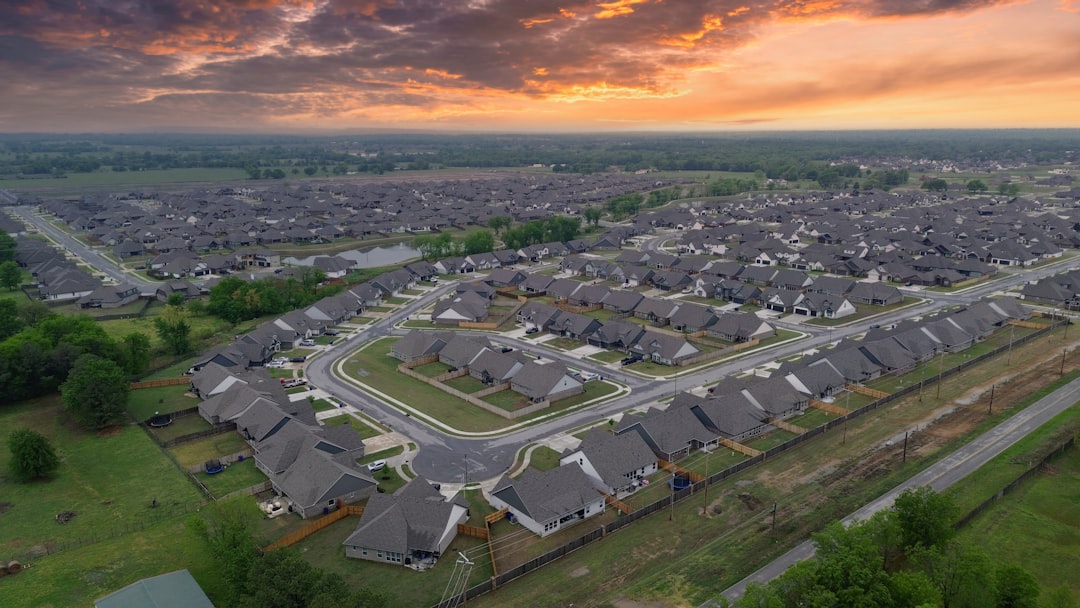
The Oklahoma real estate market is showing some interesting trends. Economists expect home prices in the OKC metro to grow by more than 6% and home sales to grow by more than 8% in 2025. But here’s the kicker – Oklahoma has had the second largest decline in homeownership since 2019. People are getting pickier about what they’ll buy.
With median home prices rising past $270,000 and elevated mortgage rates discouraging first-time buyers, more residents are opting to rent instead of buy. Smart buyers who do purchase are increasingly looking for homes that won’t become insurance nightmares. The market is quietly rewarding storm-resistant construction.
The Building Code Revolution
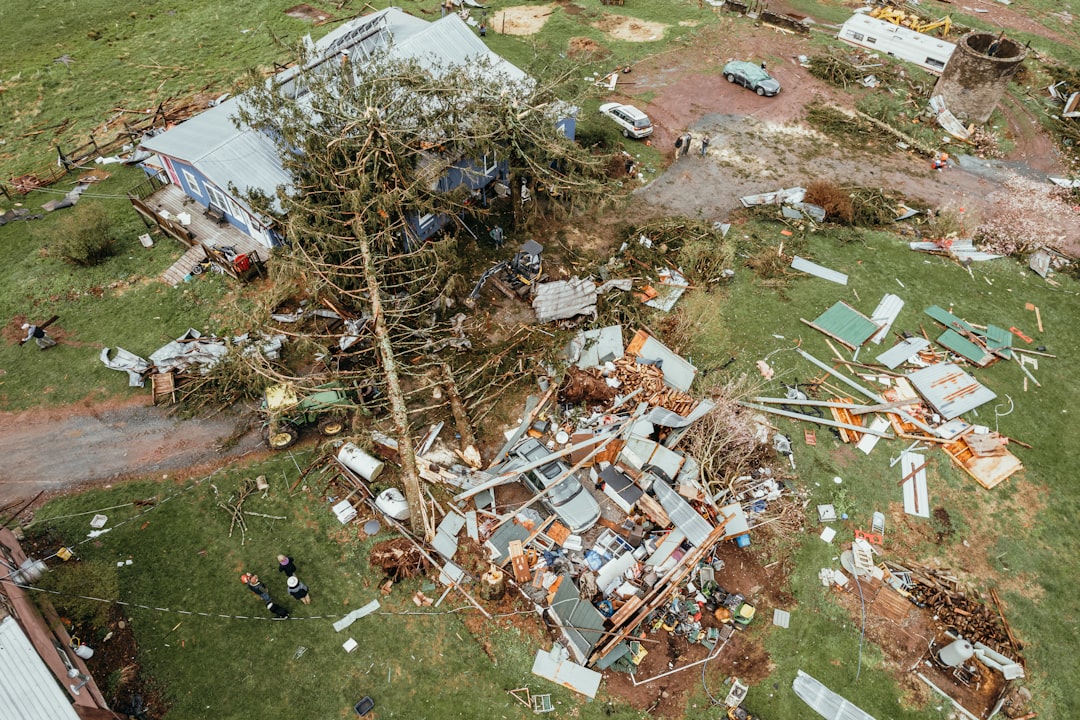
Moore, Oklahoma didn’t wait around after getting hammered by tornadoes. In April 2014, Moore adopted enhanced building codes designed for wind-resistant construction after suffering three violent tornadoes in 14 years, raising the wind load standard to 135 mph from 90 mph. Other communities are watching closely.
The new tornado section of the ASCE 7 standard was incorporated into the 2024 version of the International Building Code. This is huge – for the first time, there are actual tornado-resistant building standards in the model code. The standards require buildings to withstand up to EF2 tornadoes, which represents about 97% of all tornadoes.
What Smart Homeowners Are Actually Doing
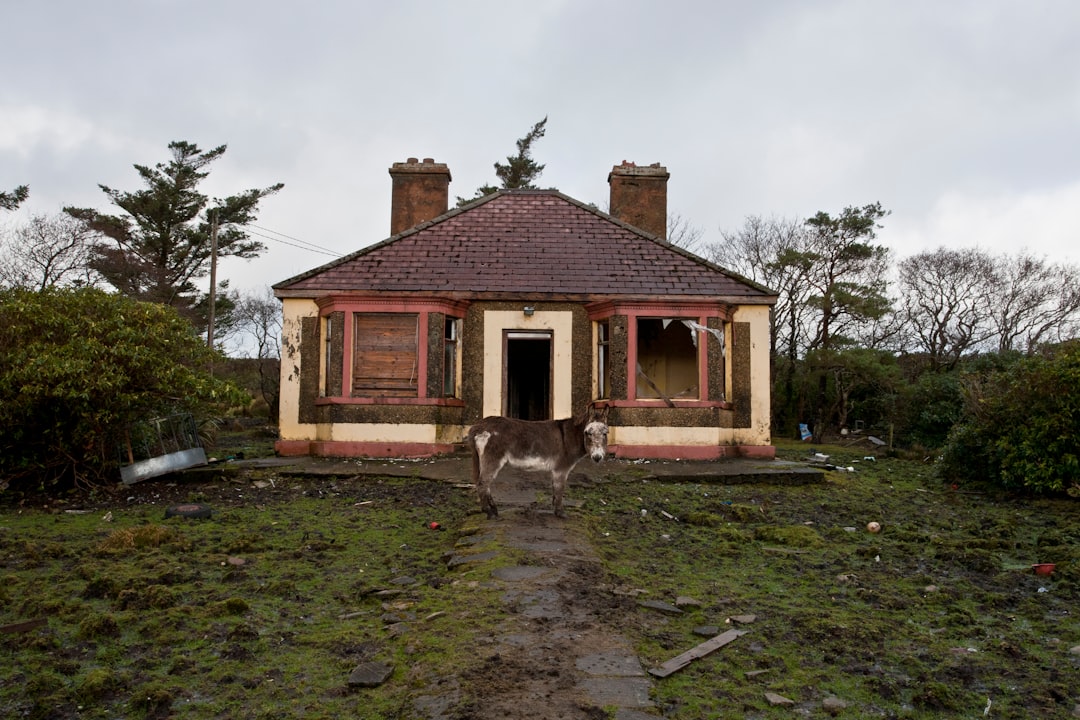
The Wardens rebuilt their Moore home after the 2013 tornado, but they didn’t mess around with wood construction. When they decided to rebuild, they chose concrete construction, finding that “for safety, it’s negligible. Almost nothing” in additional cost. The concrete shell costs about 15% more than traditional construction, but heat and air units cost about 50% less, and monthly utility bills are 40 to 60% smaller.
The demand surge after storms is real. After the Moore tornado, shelter supplier ArmourVault’s owner reported being “swamped for the next five months,” while a realtor found herself number 541 on a waiting list for shelter installation. But the smart money isn’t just buying shelters – they’re buying tornado-resistant entire homes.
The Financial Incentives Are Already Here

Oklahoma law actually encourages storm-resistant construction. Insurance companies must provide premium discounts for properties retrofitted to FORTIFIED Home High Wind and Hail Standards when actuarially justified. The state is basically saying, “Build smart, pay less.”
Credit rating has the biggest impact on homeowners insurance prices in Oklahoma, with a difference of $13,778 between excellent and poor credit, while homeowners can save about 15% by bundling homeowners and auto insurance. But imagine the savings from having a tornado-resistant home that insurance companies actually want to cover.
The Hidden Energy Efficiency Goldmine
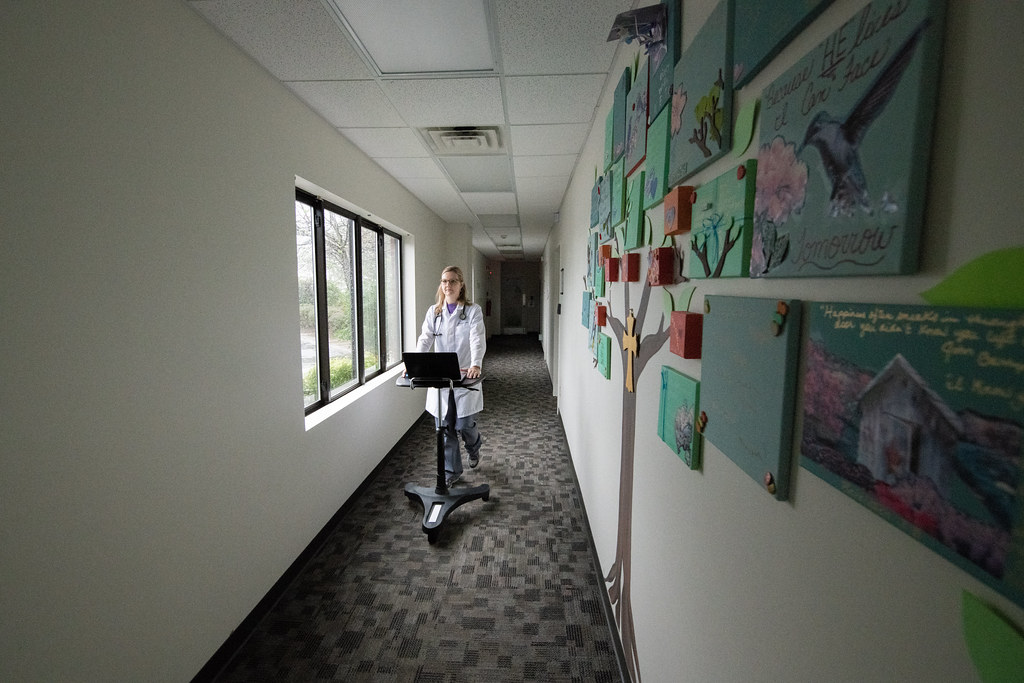
Building tornado-resistant homes with ICF creates a healthier living environment while greatly reducing heating and cooling costs, unlike granite countertops or whirlpool tubs that won’t reduce monthly expenses. This isn’t just about surviving storms – it’s about thriving financially every month.
ICFs provide Oklahoma homeowners with a more energy-efficient, durable, and fire-resistant method to construct homes over traditional wood construction. Walls built with ICF can withstand winds up to 250 mph and have a 4-hour fire rating with 8-inch concrete walls. You’re getting multiple benefits in one package.
The Storm Shelter Integration Game-Changer

FEMA strongly recommends approved safe rooms to maximize family safety during tornado emergencies, and Fox Blocks ICFs are ideal for constructing safe spaces that meet FEMA criteria including full continuous load paths and resistance to wind-borne debris. Instead of adding a separate storm shelter, smart builders are integrating safe rooms into ICF homes.
Fox Blocks is recognized as compliant material to meet construction standards for FEMA P361 and ICC 500 for wind areas up to 250 mph. Builders are putting FEMA-rated safe rooms inside concrete structures for complete protection. It’s like having a fortress within a fortress.
The Future Is Already Being Built
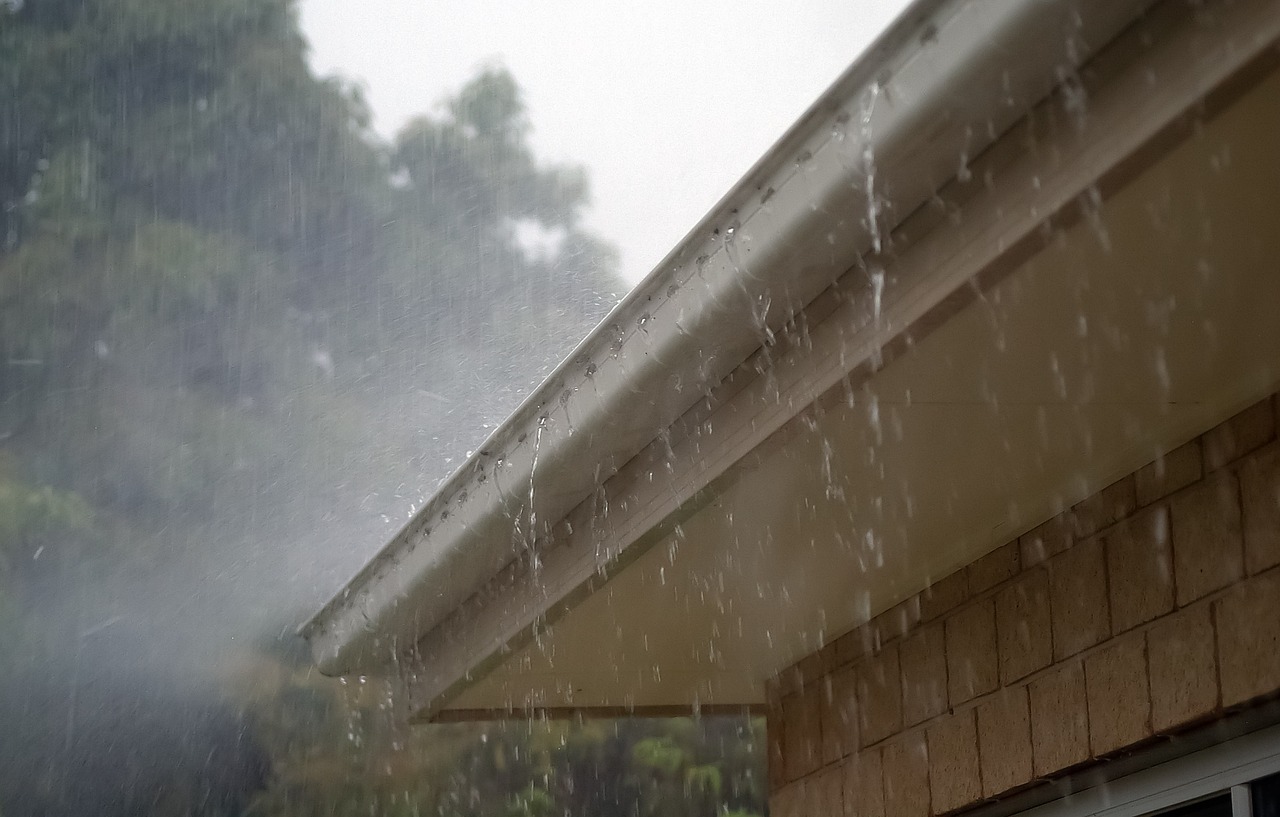
While some homeowners are still in denial about tornado risks, the smart money is moving. It’s not technically difficult to design and construct homes that stand up to monster winds – it’s been done effectively for half a century, and contrary to popular opinion, they can be built for approximately the same cost as wood-framed houses.
According to NBC News reporting on the Moore tornado, “inexpensive construction techniques could have kept up to 85 percent of the area’s damaged houses standing”. The technology exists, the standards are in place, and the economics make sense. The only question is whether Oklahoma’s real estate market will embrace this reality or keep rebuilding the same vulnerable homes over and over.
The tornado-proof home trend isn’t coming to Oklahoma – it’s already here. Some buyers are just getting the memo faster than others. As insurance costs continue climbing and storms keep breaking records, the question isn’t whether storm-resistant construction will become mainstream. The question is: will you be ahead of the curve or scrambling to catch up?

Matthias is a skilled author and digital storyteller with a focus on travel journalism, environmental issues, and modern home design. With a background in communications and a passion for global cultures, Matthias crafts engaging narratives that blend real-world exploration with thoughtful analysis and visual flair.
His writing reflects a deep interest in how climate change shapes our lives and lifestyles—from sustainable travel practices to eco-friendly living environments. Known for his clear, approachable voice and sharp editorial instincts, Matthias delivers content that resonates with readers seeking both inspiration and substance.
Whether reporting from remote destinations, breaking down sustainable design trends, or spotlighting innovative green initiatives, Matthias brings a global perspective and an eye for detail to every piece. He regularly contributes to web platforms and editorial projects that aim to foster awareness, creativity, and conscious living.
